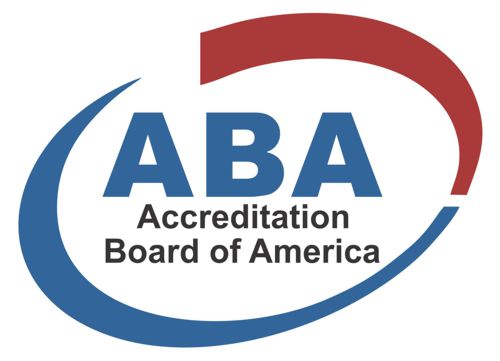
Angeline Chen, president of the coral reef-nonprofit Global Coralition, ended the Wednesday keynotes at GreenBiz’s VERGE 22 event by asking everyone to take two deep breaths.
“The first one came from the oceans and the second came from the forests,” she said.
It’s unusual for land, forestry and agriculture to be top of mind at a tech conference, yet nature can be as powerful a tool as engineered technology in the fight against climate change. However, the methodologies have been lacking in terms of guidance and investment in this particular type of tech, derived from natural systems.
“Part of the difficulty is that this is actually the [forestry, land and agriculture] sector that needs to go to net zero the fastest,” said Martha Stevenson, senior director of forestry research and strategy at the World Wildlife Fund, during a panel talk on science-based targets for food, ag and forestry. “Land use change and forestry emissions need to go to zero by around 2030 if we want to keep 1.5 [degrees Celsius of warming] on the table. And then this is also the sector which is the last to get the guidance on how to do the accounting.”
Stevenson was referring to the recently released Forest, Land and Agriculture (FLAG) Science Based Target Setting Guidance set by the Science-Based Targets Initiative. This sector contributes to 22 percent of global emissions each year, which corporations have had a hard time incorporating into their climate strategies and goals because they are not strictly “climate,” she said.
According to the Intergovernmental Science-Policy Platform on Biodiversity and Ecosystem Services (IPBES), the major drivers of nature loss are land use change, pollution, invasive species, climate change and direct exploitation of the natural resources. Climate is not a clear link to four out the five, with climate change as the outlier.
The FLAG guidance was created to help sustainability experts inside companies translate how land use is integral to climate change to their executives, so that companies can better account for the good work they are doing on forestry or regenerative agriculture programs.
20% of the global forests are respiring more than they are sequestering for at least 3 months out of the year. When you breathe out more than you breathe in, you are dying.
According to Christa Anderson, director of climate science and carbon metrics at WWF, the FLAG guidance includes an Excel modeling tool for companies to account for their emissions and set a target, as well as background guidance on how to reduce emissions to meet that target, and a methodology section to understand how the guidance and accounting was created. Anderson outlined the three big buckets of emissions created by WWF: land management such as fertilizer production, flooding soil for rice, transport of biomass; carbon removals and storage; and land use change such as deforestation and forest degradation.
The FLAG guidance also requires companies to commit to zero deforestation from commodities with a target date no later than 2025. The FLAG guidance is bullish on forestry for a succinct and clear reason:
“Twenty percent of the global forests are respiring more than they are sequestering for at least three months out of the year,” Stevenson said. “When you breathe out more than you breathe in, what does that mean? You are dying.”
In another discussion about putting nature-based solutions into practice, Anna Rathmann of the Jane Goodall Institute relayed one of her favorite stories about famed primatologist Goodall. Rathmann described how, flying into Tanzania, Goodall saw the Bombay National Park as a small island of green surrounded by development and realized that if forests aren’t protected and restored, all that will be left with are such small islands.
Bambi Semroc, senior vice president of the Center for Sustainable Lands and Waters at Conservation International, is working with corporate partners to figure out how to maintain pristine forests for future generations.
“We’re going into uncharted territory,” she said. “Does anybody know what being a nature-positive [company] looks like at this point in time? No. We’re about to venture into that.”
Innovation is happening to help protect nature, as evidenced by the development of the FLAG guidelines from WWF. There is also innovations in new business models to value nature’s impact on the climate crisis such as carbon credits for forestry projects. A huge startup ecosystem that has popped up around these carbon crediting schemes as entrepreneurs smell an oppurtunity. For example, earlier this year Pachama raised a $55 million funding round and NCX raised $50 million including from Salesforce CEO Marc Benioff. The American Forest Foundation’s methodology for dynamic baselines was approved by Verra, a carbon credits registry, last week to better measure additionality claims of such forestry projects. Nature is being seen as a true climate technology. But even with this momentum, experts are still worried about inaction.
“Don’t wait for perfect numbers — just get started,” Stevenson said. “I feel like too often we kind of wait for the perfect measurement, we wait for the perfect definitions, we delay action, and everybody points at each other and nothing changes. Don’t wait, please get started.”
If you’d like to read the original source of this article please click here Visit Source

